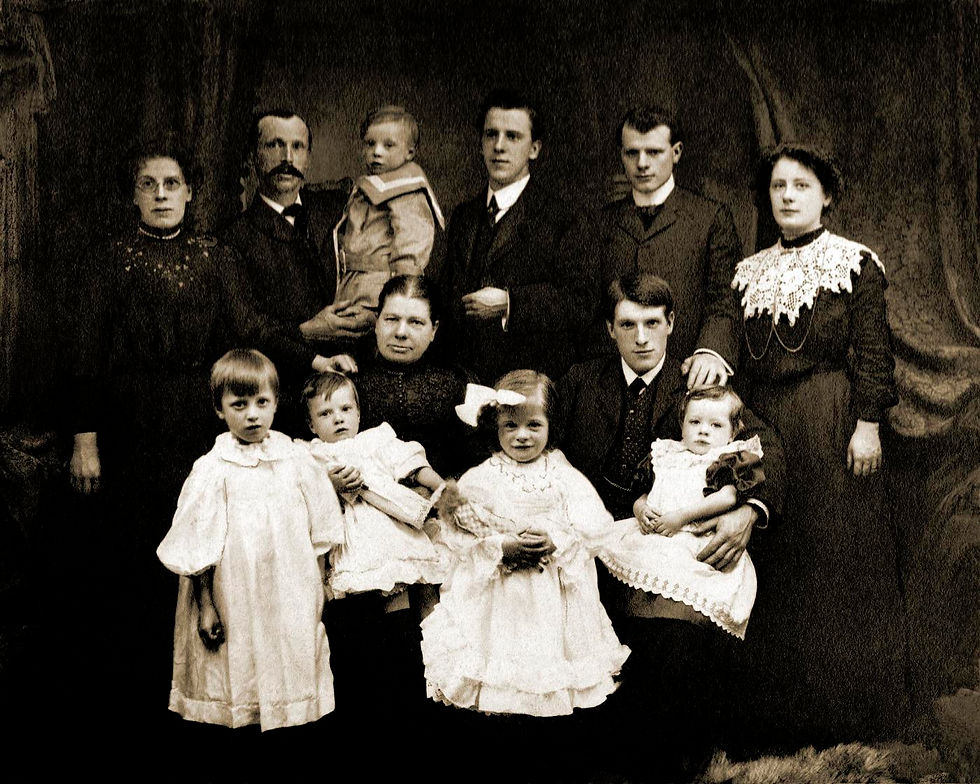Chapter 6
- Dave Macey

- Aug 30, 2015
- 2 min read

The chapters seem to be getting shorter, this one is only one paragraph!
Initially Benjamin suggests that photography has unbalanced the display and the cultic value of the artwork, that the display function has become greater than the cultic value. This is true because photographs can be infinitely reproduced whereas the cultic value relies on the uniqueness of the artefact.
But he also suggests that portraiture is the last of the cultic value within photography. I can see the sense in this, in times before people would have lockets with portraits of their wives or carrying a picture of loved ones in your wallet or handbag. As Benjamin puts it:
It is no accident, not at all, that the portrait forms the centrepiece of early photography. In the cult of recalling absent or dead loved ones, the cultic value of the image finds it last refuge. (P14)
The question, which then springs to my mind, is, is there some connection as to what Barthes would describe as Punctum? Is it because of some emotional bond that heightens the senses and so to the viewer personally they have a moment of deep connection with the image? It would also be the case that no matter how many times the image is reproduced, the effect would remain the same. I can imagine this happening because I posted some family photographs on social media, which have been copied hundreds of times, but their impact and meaning to me has not been diminished, they still have “the cultic value”.
He then moves on to propose that because the cultic value has been made virtually non-existent because of reproduction, that a new way of looking at images is needed. “They already call for a specific type of reception. Free floating contemplation is no longer an appropriate reaction here.” (P14) So from this position he then discusses how important text is in guiding the viewer and uses the examples from magazines of how they are being used to guide the viewer to see the photographs from a certain perspective. Again, this is required because there is no aura to the photograph and so nothing to guide the viewer.
But another question comes into my mind, is it this lack of cultic value that gives the photograph its sense of ambiguity?



Comments